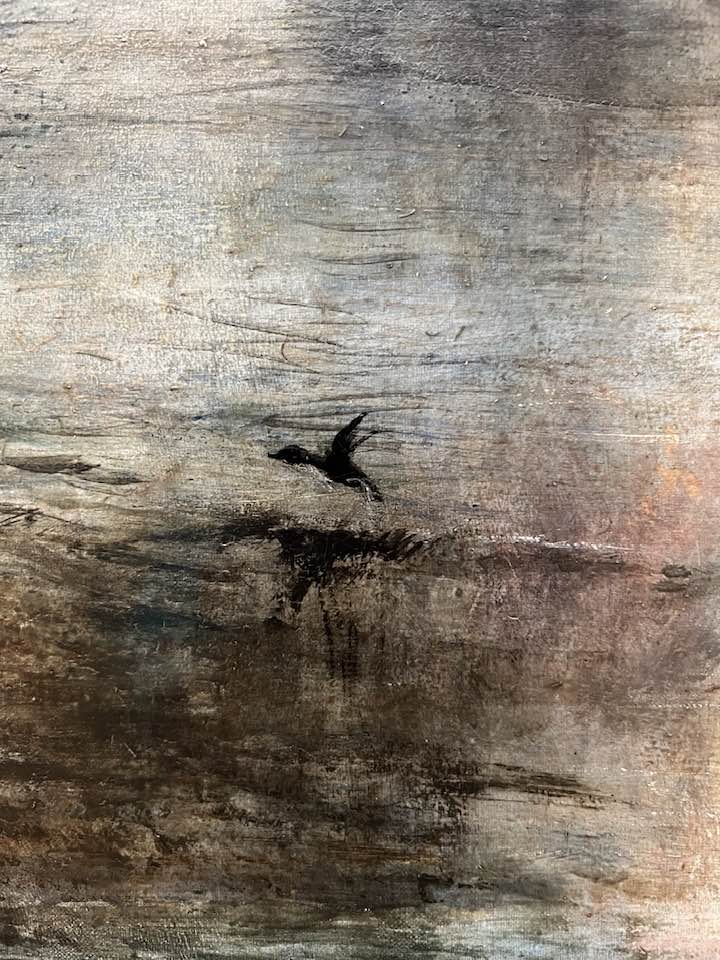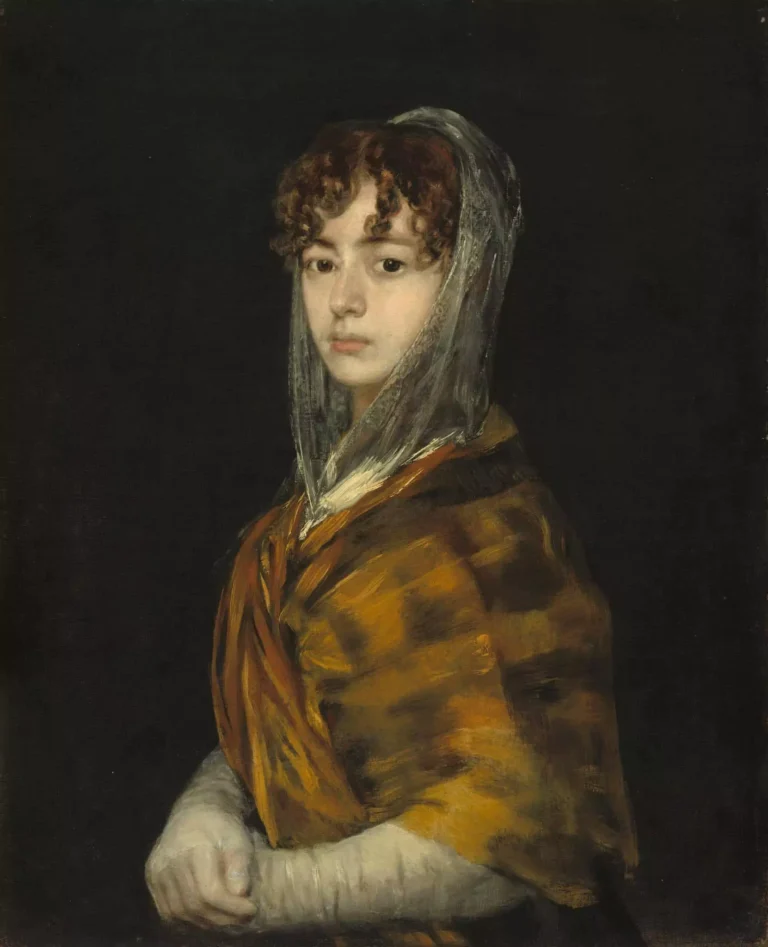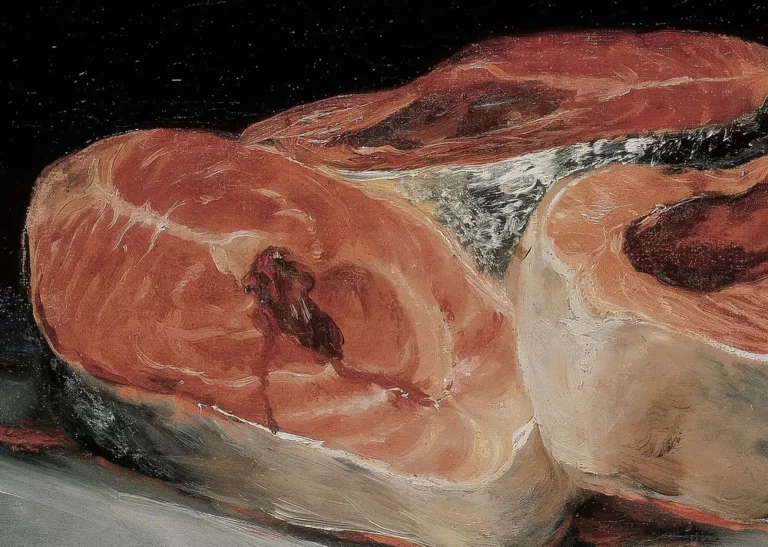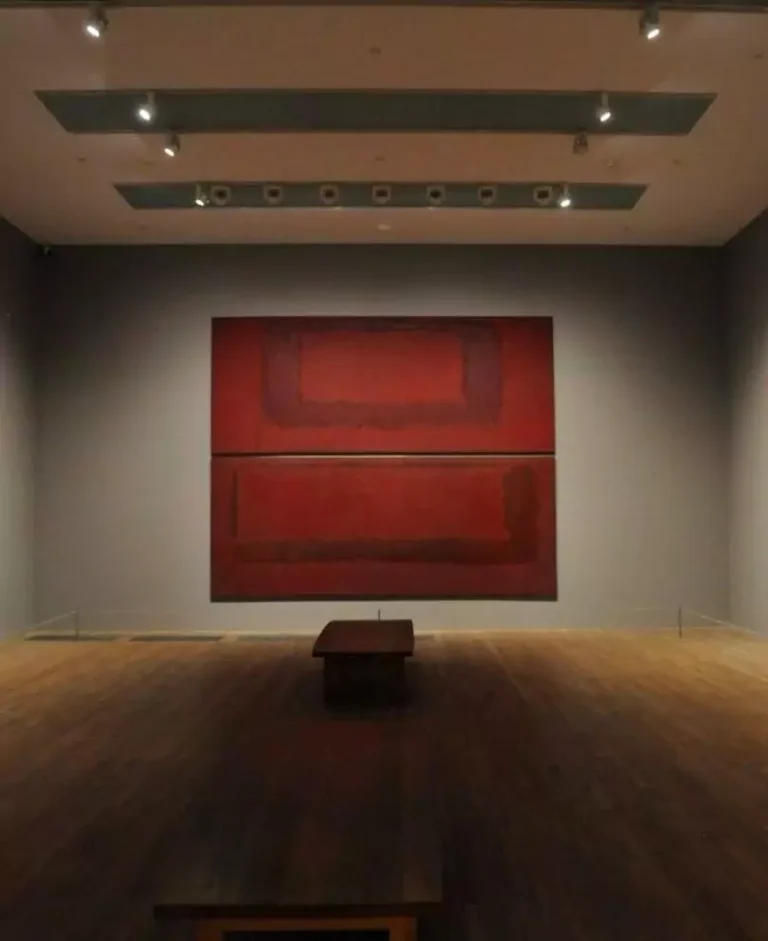Looking for a muse? Check no further. Discover the Best of Art, Culture, History & Beyond!

- Artist: Joseph Mallord William Turner
- Title: Peace – Burial at Sea
- Year: 1842
- Medium: Oil on canvas
- Dimensions: 87 x 86 cm
- Location: Tate Britain, London
A Solemn Elegy in Light and Shadow
Few artists have captured the sublime contrast between nature’s power and human frailty as profoundly as J.M.W. Turner. His 1842 painting Peace – Burial at Sea is a poignant meditation on loss, memory, and the vastness of the unknown. Now housed at Tate Britain, the work commemorates the death of Turner’s friend and fellow painter, Sir David Wilkie, who was buried at sea during his journey back from the Middle East.
Turner, often associated with radiant color and atmospheric drama, took a different approach with this composition. Unlike his fiery sunsets and golden light-drenched landscapes, Peace – Burial at Sea is defined by a strikingly limited palette of deep blacks, silvery grays, and soft whites. The dominance of black—a color Turner rarely used so starkly—lends the painting an air of solemnity, reinforcing the theme of mourning.
At the heart of the scene is a dark, looming ship, its sails eerily illuminated against the pale sky. The vessel is bathed in a spectral glow, an effect that suggests both reverence and otherworldliness. Turner’s signature use of light diffuses across the canvas, creating a ghostly atmosphere where sea and sky merge in an ethereal haze. The water’s surface is placid, contrasting sharply with the dramatic silhouettes above. This interplay of darkness and light captures the tension between life and death, presence and absence.
While the painting’s title suggests peace, its execution tells a more complex story. The rough, almost abstract brushwork of the ship and water contrasts with the delicacy of the mist-like light. Turner’s ability to convey movement through color and texture is evident in the way the paint seems to dissolve into the air, a metaphor for the ephemeral nature of existence.

Turner himself remarked that Peace – Burial at Sea was painted “black and white, with a touch of red,” emphasizing its restrained yet powerful chromatic scheme. The small, flickering red highlights—a funeral pyre or signal light—add an ominous note, reminding the viewer of life’s fragility amid the vast, indifferent sea.
Turner painted Peace – Burial at Sea alongside its dramatic counterpart, War. The Exile and the Rock Limpet, which depicts Napoleon in exile. Together, these works explore the themes of mortality, legacy, and historical consequence. For Turner, Wilkie’s death at sea was not just the passing of a friend but a moment to reflect on his own artistic and personal journey.
Turner’s later works moved further towards abstraction, focusing more on the emotional and atmospheric than on strict representation. Peace – Burial at Sea stands as an early testament to this shift, demonstrating how he used paint to evoke feeling rather than simply depict a scene. The painting remains a hauntingly beautiful example of Turner’s genius—one that continues to resonate with audiences as a meditation on loss, memory, and the power of nature.

This article is published on ArtAddict Galleria, where we explore the intersections of art, history, and culture. Stay tuned for more insights and discoveries!



